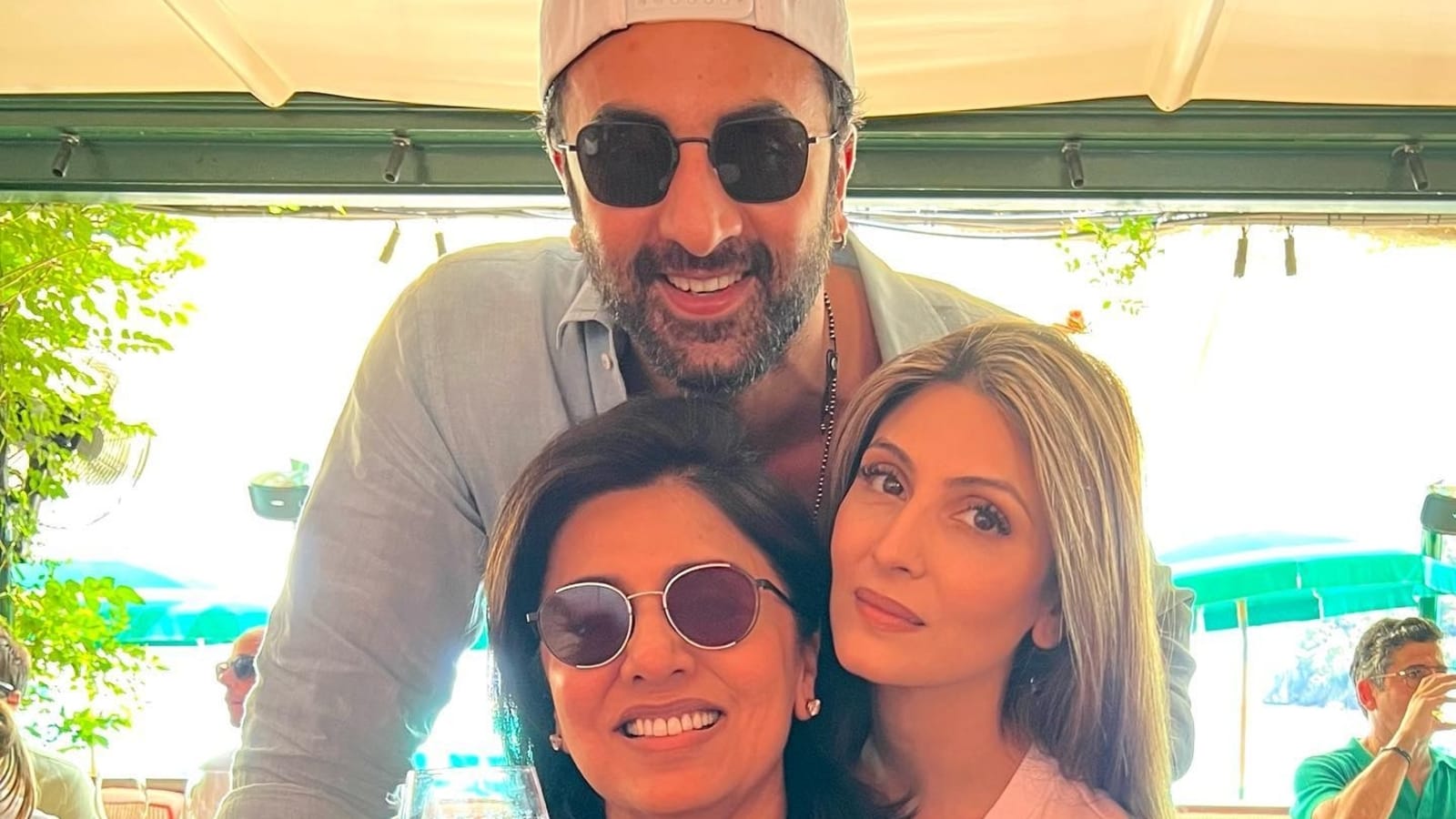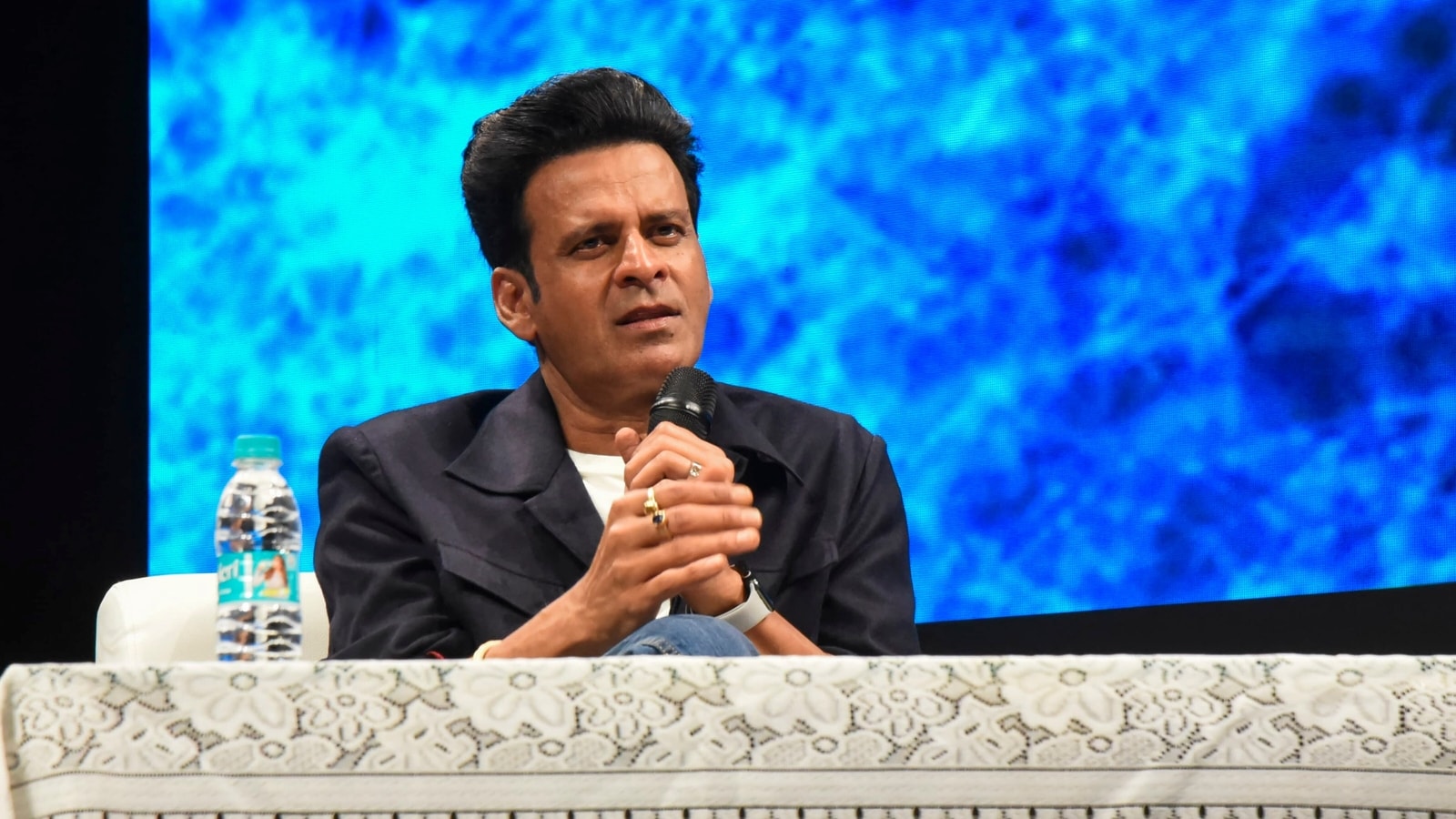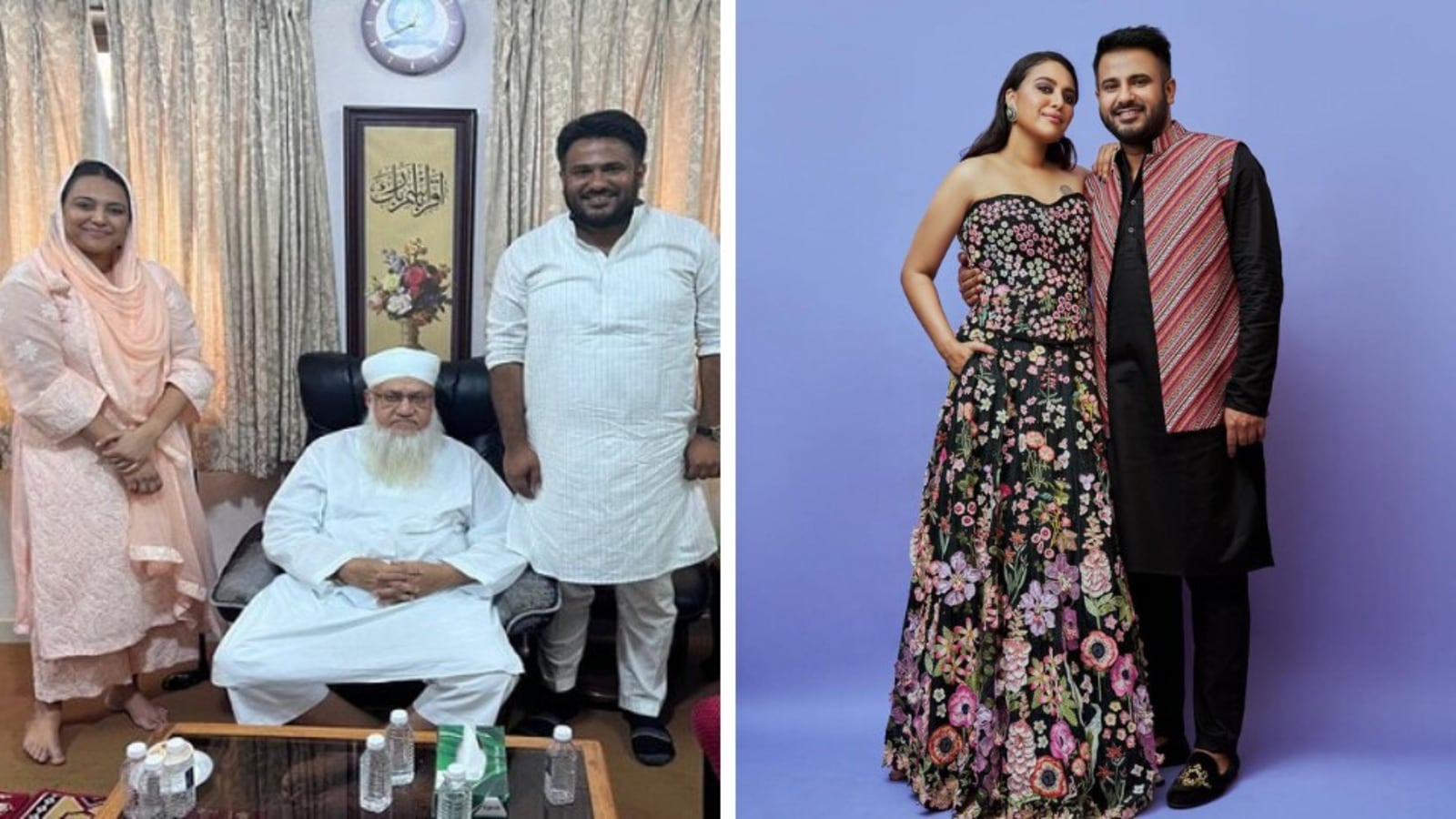In the first few minutes of Payal Kapadia’s All We Imagine As Light, Mumbai bring a cacophonous rush- the heat, humidity and humdrum of daily life cast a spell. We hear voices of nameless, faceless citizens revealing how they found a space in this city; a sea of different Indian languages co-existing at once. The gaze seamlessly steps inside a local train, to fix a few seconds on the female commuters for the evening. It is here when we first meet the protagonists- Anu (Divya Prabha) and Prabha (Kani Kusruti), and from hereon Kapadia will take us on a journey with these two for company, crafted with such wondrous and compassionate care, that it washes over you like a sudden downpour. (Also read: Exclusive | All We Imagine As Light shows Indian cinema’s non-Bollywood face to Europe: EU ambassador Herve Delphin)

A tale of sisterhood
Both Anu and Prabha are from Kerala, and work in the same hospital. They are also roommates, as revealed a little later. Anu is young and chirpy, one to leave early from work to meet her lover Shiaz (Hridhu Haroon), a Muslim boy who stays nearby. Mumbai might be huge but it is also inadvertently present like a watchful little bird, as she becomes a subject of gossip among the other nurses in the hospital for her interfaith romance. There’s a breathtaking scene where Anu sends kisses to her lover through the clouds, and like a prayer, it begins to rain- as if the city itself is conspiring for these lovebirds to unite in some form.
Lives of three women
Prabha, the head nurse, is headstrong and reserved. She chides Anu for her reckless behavior. When a surprise parcel in the form of a rice cooker arrives from Germany, the same country where Prabha’s husband left for work, she is taken aback. It has been a year that she has talked with him. What does this present mean? At the end of a day’s grueling labour, when she caresses the pressure cooker tightly, it is a moment of devastating ache for longing.
The trio of women is completed with Parvaty (Chhaya Kadam, also wonderful in Laapataa Ladies), a middle-age hospital worker who is being threatened to leave her apartment by property developers who want to construct a building in that space. A widow who has been living in Mumbai for over two decades, Parvaty does not have the paperwork to prove that she lives here, that this is her home. She loses the battle after a chase, and choses to return to her seaside village in Ratnagiri. Anu and Prabha help their colleague relocate, but themselves a little lost in the puzzle of Mumbai.
A landmark film
It is here where time seems to slow down, as the three women find themselves more freer to reconnect with their desires. For Anu, it is a period of overwhelming urge to unite with Shiaz, who has also followed her here. As Parvaty finally begins to rebuild her life, Prabha is left in search of a purpose. With the help of Ranabir Das’ evocative cinematography and Clément Pinteaux’s focused editing, Kapadia watches Prabha patiently, and offers her a hypnotic moment of catharsis- a sequence so profound and moving that it has to be seen to be believed. Kani Kusruti gives a strikingly rich and nuanced performance, beautifully attuned to the delicacy of the film’s more metaphysical tendencies. Her face registers a thousand untold stories, brimming underneath the reserve she maintains duly. She is arresting to watch.
Kapadia’s depiction of women is like a jolt from the blue in the space occupied by mainstream Indian Cinema. Here, the women are not always occupied with the anxieties of servicing the gestures of the male hero, or talking with incredulous rage all the time. There are no extremes. These are women who live just enough, who are distinct because they possess a rich interiority of desires and anxieties. They are not heroines, merely individuals. The defiance lies in their everyday livelihood, in the frank depiction of their bodily functions like urination, to talking about menstruation and placentas.
In connecting these three women in loose narrative threads, All We Imagine As Light emerges as a lyrical study of a rapidly urbanizing India, of a space that forges connections as well as alienates. It is the tender and unlikely sisterhood that develops between these three women that anchors this luminous film. Kapadia suggests that it is the solidarity between these three generations of women, which might illuminate the hope to survive in this vast tapestry of beauty and terror.
At the centre of this social commentary lies Mumbai, a city which such a multi-faceted, distinct character that it is nearly impossible to catch it through a single perspective. The same city that gifts Anu the warmth of a lover’s embrace ruthlessly forces Parvaty to locate somewhere else. A space so modern in outlook yet so steeped in disparate sections of class, gender and religious beliefs. Kapadia casts a carefully calibrated eye, which does not romanticise, but does so much as present Mumbai with all its compromises, hypocrisies and restlessness.
All We Imagine As Light is a landmark film, easily the best of the year. Kapadia presents herself as a formidable talent, a distinct and extraordinary filmmaker to watch out for. Her impressionistic frames might remind of the sublime hues of Thai director Apichatpong Weerasethakul’s work- in the manner in which both directors include an openness to the environment and unconventional narrative structures.
With Kapadia, the guiding subtext is the interconnectedness between the personal and the political. Anu and Shiaz must love a little more. Parvaty must find a home. As for Prabha, she must persist. She must see the light within her.












Leave a Reply